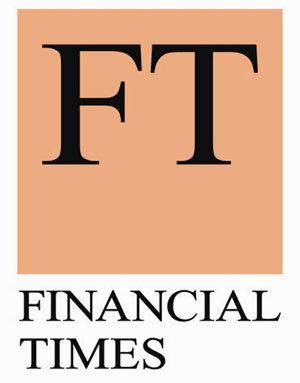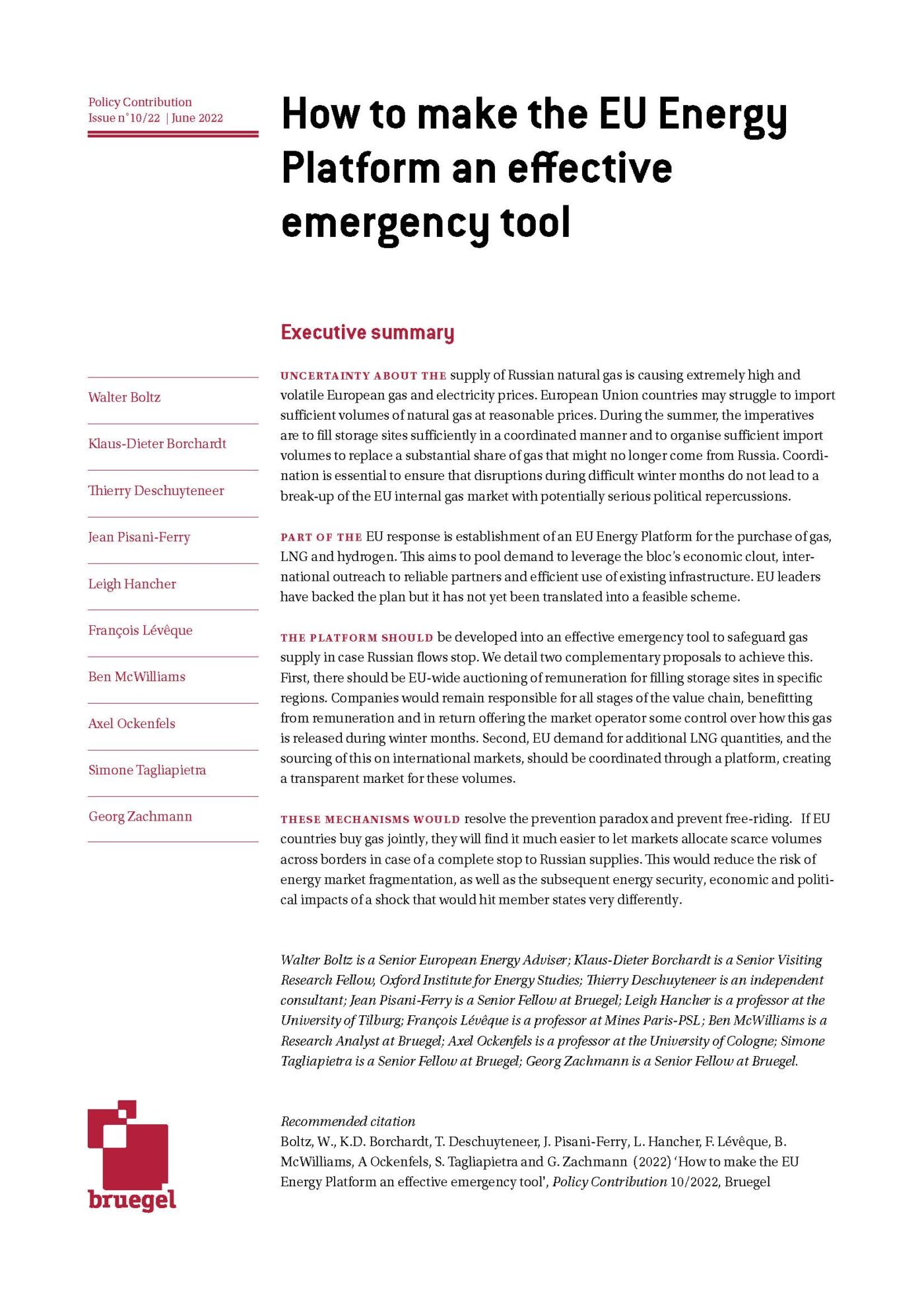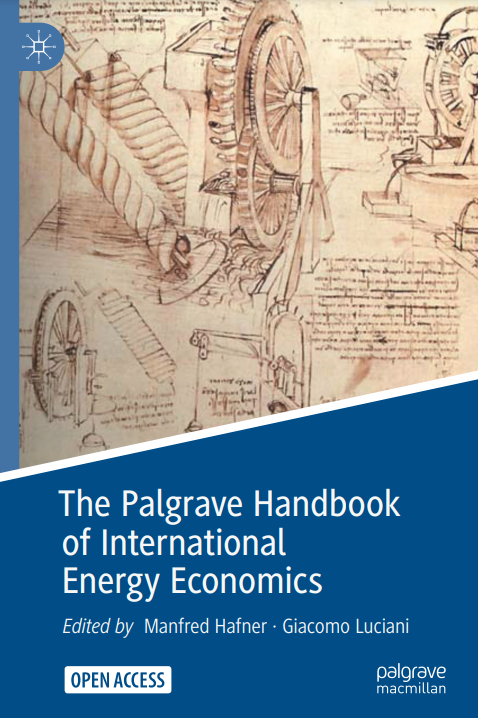Blog Post
Iran: a new natural gas supplier for Europe?
The Iranian nuclear deal reached in July can potentially reshape the Iranian economy in general and its energy sector in particular. On the basis of this historical step, many voices suggested that Iran might (or should) become a new gas supplier to Europe. We suggest that there are important impediments to significant commercial gas flows from Iran to the EU in the foreseeable future. We argue, however, that cooperation on a limited pilot project could have strategic value.
 This blog post was originally published in the Financial Times blog beyondbrics.
This blog post was originally published in the Financial Times blog beyondbrics.
With its 34 trillion cubic metres of natural gas reserves, a level sufficient to satisfy current EU natural gas demand for 90 years, Iran has the highest reserves in the world. Despite this rich natural endowment, the country has not yet translated potential into reality. Paradoxically, its natural gas production continues to be barely sufficient to satisfy its domestic consumption.
There are two reasons for the under-exploitation of Iran’s natural gas resources: the international sanctions regime (that has targeted the country’s energy sector since 2007, completely halting the activities of international energy companies) and the country’s legal petroleum framework (the so-called ‘buyback scheme’, encumbered by very unattractive terms for international energy companies).
Since the election of Hassan Rouhani as president of Iran in 2013, a new political phase has begun, leading to the long-awaited July 2015 nuclear deal that foresees lifting most of the international sanctions in exchange for limits on Iran’s nuclear programmes. This is a historical step that could reshape the Iranian economy in general and its energy sector in particular.
In parallel to the negotiations on the nuclear issue, the Iranian government has been working on the reform of its legal petroleum framework since 2013, mainly following the model adopted in Iraq, with the aim of making it more attractive to international energy companies. After several delays, mainly due to the bumpy evolution of the nuclear talks, the new Iran Petroleum Contract will finally be launched in Tehran between October and November 2015.
Taking into consideration these new positive developments, many voices in Europe, including the European Commission (EC), have suggested that Iran could become a major natural gas supplier to the EU. Such a prospect would, theoretically, perfectly fit into the EU’s renewed quest for natural gas supply diversification launched in the aftermath of the 2014 Ukraine crisis. However, a closer look at the short- and long-term outlooks of the Iranian natural gas industry provides a less encouraging view about the prospect of Iran becoming a major natural gas supplier to Europe.
In the short term, the Iranian natural gas industry will most likely focus on the domestic market, and on limited amounts of regional exports. In the aftermath of the nuclear deal, Iran is set to concentrate its energy strategy on the development of the oil sector. In this framework, more natural gas might be utilized for reinjection into oil fields in order to sustain growing oil production and exports. In parallel to this, Iran will try to use its natural gas resources to improve the competitiveness of its economy, through a larger share of power generation based on cheap natural gas, and through further investments in natural gas-fuelled vehicles, in a move to reduce the domestic consumption of oil, which could thus be freed-up for additional exports.
Under these circumstances, it is difficult to expect new major volumes of natural gas exports from Iran in the short-term, apart from the 10 billion cubic metres per year (bcm/y) that in 2014 Iran agreed to export to Oman for a period of 25 years starting in 2017. On the basis of this deal, currently being implemented, part of the natural gas will serve the Omani market, while another part will be processed into liquefied natural gas (LNG) by Oman LNG under a tolling agreement, allowing the first appearance in the international market of what would actually be ‘Iranian LNG’.
As far as its longer-term natural gas export prospects are concerned, Iran will most likely look to Asia rather than to Europe. In recent years Iran has particularly focused on the advancement of the pipeline project with Pakistan. Iran has already completed the construction of its part of the infrastructure (connecting the major South Pars field with the Pakistani border), also because this allows natural gas to be supplied to its southern regions. However, Pakistan has not completed its share of construction, due to financial constraints and political difficulties in trading with Iran under sanctions.
The situation has quickly evolved along with the Iranian nuclear deal; in April 2015 China committed itself to the construction of a major part of the infrastructure (from the port of Gwadar to Nawabshah). With this agreement the fate of the pipeline has substantially changed, and the project could be considered a front-runner in Iran’s natural gas export strategy post-2020. A major benefit of this project is that the pipeline could easily be extended to India, as had initially been conceived in the 1990s. This is crucial in the long-term, as India’s natural gas import requirements will increase dramatically after 2030. In parallel to this pipeline project, Iran will seek to advance LNG at its major South Pars field. In recent decades several European and Asian energy companies have been engaged in these projects, but have ultimately had to withdraw due to international sanctions. For Iran LNG is crucial, as it provides flexibility to reach international markets (particularly in the East) without relying on pipelines that, considering the geopolitical instability of the region, might unexpectedly become unusable. So additional Iranian supplies will be mainly committed to other markets than Europe.
Iranian exports to Europe are not only constrained by limited spare natural gas, but also by an infrastructure gap. Apart from LNG (which would also mainly target Asian markets due to demand and pricing dynamics), Iranian natural gas could only reach Europe via Turkey. But this would require a significant expansion of the connections between Iran and Turkey and a new pipeline system to transport natural gas from Turkey to Europe. Iran would have to rely on Turkey for its natural gas supply to Europe. Making this happen would require a strong political and financial commitment from Iran – which for the time being seems to have different priorities. This is somewhat sensible provided the lack of natural gas demand in Europe; with demand back to the 1995 levels and few reasons for expecting a rebound, the European market hardly represents a commercially-attractive option for Iranian natural gas exports.
Iranian natural gas exports to the EU are no silver bullet. But, enabling an import route from Iran could have strategic value for Iran, Turkey and the EU. Resolving the commercial and geopolitical barriers around a limited pilot project could develop into a solid regional natural gas cooperation scheme. This would not only help to build mutual dependencies and trust – but also lay the basis for future natural gas export and import diversification, which might prove valuable in times of crisis.
Republishing and referencing
Bruegel considers itself a public good and takes no institutional standpoint. Anyone is free to republish and/or quote this post without prior consent. Please provide a full reference, clearly stating Bruegel and the relevant author as the source, and include a prominent hyperlink to the original post.








